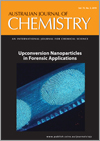
Australian Journal of Chemistry
Volume 72 Number 3 2019
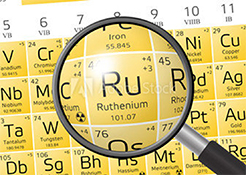
2019 has been proclaimed as the International Year of the Periodic Table of Chemical Elements (IYPT 2019) by the United Nations General Assembly. This paper on ruthenium is the first in a series of essays about periodic table elements.
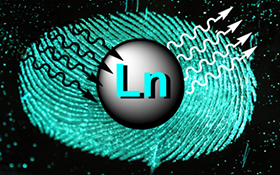
Upconversion nanoparticles are materials capable of absorbing multiple low-energy photons and then subsequently emitting a single photon of higher energy, typically within the visible spectrum. Lanthanides are uniquely suited to this class of material, and the potential forensic applications of upconversion nanoparticles are discussed in this review.
CH18502 Abstract | CH18502 Full Text | CH18502PDF (927 KB) Open Access Article
CH18428Effect of the Kerogen Molecular Structure on the Formation of Methane During Kerogen Pyrolysis
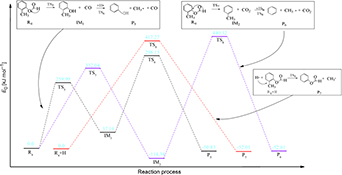
In this paper, the effect of the microscopic molecular structure of kerogen on CH4 in pyrolysis products was studied by density functional theory. A reaction pathway was designed for each compound. A comparison of reaction energy barriers was performed to determine the influence of different molecular structures on the formation of CH4.
CH18347In silico Analysis of FtsZ Crystal Structures Towards a New Target for Antibiotics
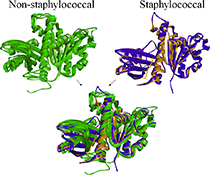
The essential bacterial cell division protein FtsZ is conserved in most bacteria and many concerted efforts have been made to develop inhibitors that target FtsZ as potential antibiotics. In-depth molecular understanding of diverse FtsZ structures ensures inhibitors have high affinity for the FtsZ target in a variety of clinically-relevant pathogens.
CH18408Mechanosynthesis of N-Methyl Imines Using Recyclable Imidazole-Based Acid-Scavenger: In Situ Formed Ionic Liquid as Catalyst and Dehydrating Agent

An efficient mechanosynthesis of N-methyl imines was developed using 1,1′-(1,4-butanediyl)bis(imidazole) under solvent-free conditions through the ball milling process. In this current protocol, the bis-imidazole-based reagent acts as an acid-scavenging agent. The advantages of the new method include reduction of waste, elimination of handling and storage of hazardous materials, and metal-free conditions.
CH18386Fabrication of Ag@AgCl with Enhanced Plasmonic Photocatalysis Performance via a Deep Eutectic Solvent
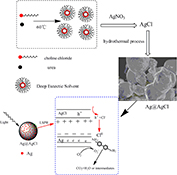
The plasmonic photocatalyst Ag@AgCl was prepared by a facile solvothermal method via a deep eutectic solvent. The probable mechanism for the formation of Ag@AgCl is discussed. Furthermore, a possible photocatalytic oxidation mechanism of Ag@AgCl has been proposed.
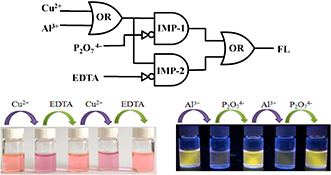
A water-soluble perylene probe molecule was synthesised for the highly sensitive and reusable detection of metal ions (Cu2+ and Al3+) with a high recovery efficiency. Based on these phenomena, a novel multi-level logic gate (OR-IMP-OR) operation was performed for smart signal readout.
CH18510In Pursuit of Fluorinated Sigma Receptor Ligand Candidates Related to [18F]-FPS

Synthetic approaches to a suite of fluorine-containing analogues of the potent and highly selective sigma-1 receptor ligand [18F]-FPS have revealed a wealth of subtle anchimeric assistance and dynamic NMR characteristics that are partly explained.
CH18527Phosphorus-Based α-Amino Acid Mimetic for Enhanced Flame-Retardant Properties in an Epoxy Resin
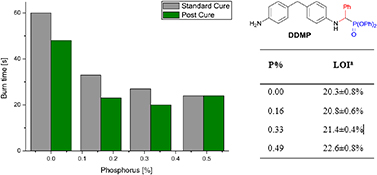
Rapid modification of a commonly used epoxy curing agent (DDM) to include an α-aminophosphonate moiety was undertaken and evaluated for imparted flame-retardant properties. Increases in Limiting Oxygen Index, char formation, and burn time of the polymer system were observed at very low phosphorus percentages.




